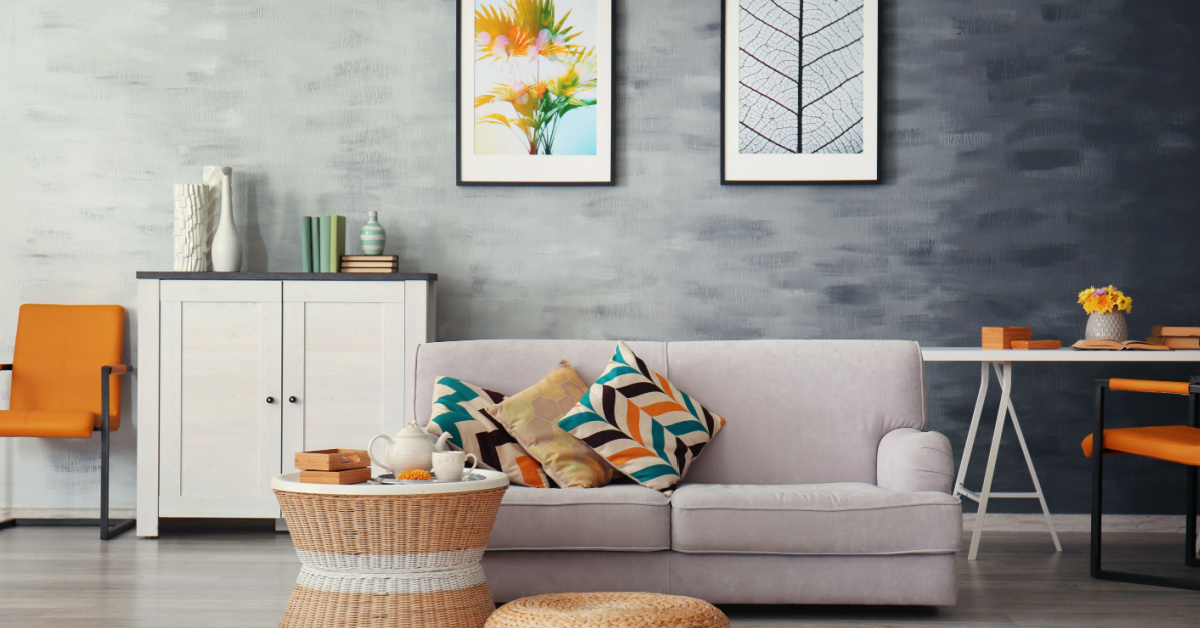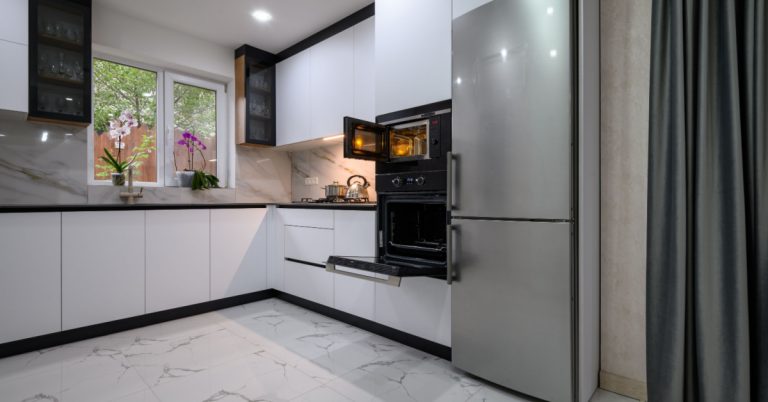The Role of Color in Home Design: Choosing the Right Palette
Introduction
When it comes to home design, color is a powerful tool that can transform the look and feel of your living spaces. The choice of color palette sets the tone for your home, affecting everything from mood and ambiance to perceived space and functionality. Whether you’re redecorating a room or planning a full home makeover, understanding the role of color in interior design is essential. In this blog post, we’ll delve into the importance of choosing the right color palette for your home and offer tips to help you make informed decisions.
1. Understand Color Psychology
Color psychology explores how different colors can impact our emotions and behavior. It’s crucial to consider the psychological effects of colors when selecting a palette for each room:
- Warm colors like red, orange, and yellow can create a sense of energy, warmth, and coziness. They are great for social spaces like living rooms and dining areas.
- Cool colors like blue, green, and purple evoke feelings of calmness and relaxation. They work well in bedrooms and bathrooms.
- Neutral colors such as white, beige, and gray provide a versatile backdrop that can complement any style and make spaces feel open and airy.
2.Consider the Room’s Purpose
Every room in your home serves a specific purpose, and the color palette should align with that function. Here are some general guidelines:
- For bedrooms: Opt for calming and soothing colors to promote relaxation and restful sleep.
- In the kitchen: Bright, warm colors can stimulate appetite and create a lively atmosphere.
- Home office: Choose colors that enhance focus and productivity, such as soft blues or muted greens.
- Living areas: Consider your desired mood – vibrant and energetic or serene and inviting – when selecting colors for these spaces.
3.Create Visual Flow
To maintain a cohesive and harmonious feel throughout your home, it’s essential to create visual flow by choosing a consistent color palette that connects different rooms. Use varying shades and tones of the same color or complementary colors to tie spaces together while allowing for individuality and style expression.
4. Test Paint Samples
Before committing to a specific color, test paint samples on a small section of the wall. Lighting conditions, room size, and existing furnishings can all affect how a color appears. Observing the samples at different times of the day will help you make an informed choice.
5. Balance Bold and Neutral
While bold colors can make a statement and add personality to a room, it’s crucial to strike a balance with neutral shades. Neutral colors create a timeless backdrop and prevent overwhelming design. Use bold colors sparingly as accents through decor items, furniture, or accessories.
6. Stay True to Your Style
Ultimately, your home’s color palette should reflect your personal style and preferences. Consider your favorite colors, design inspirations, and the atmosphere you want to create in your living spaces. Don’t be afraid to experiment and infuse your unique personality into your home’s design.
Conclusion
Choosing the right color palette for your home is a creative and exciting process that can greatly impact your living experience. By understanding color psychology, considering the room’s purpose, creating visual flow, and testing paint samples, you can confidently select colors that enhance your home’s aesthetic and create the desired ambiance. Remember that your home is a reflection of your personality and taste, so let your color choices reflect who you are while ensuring a harmonious and inviting living environment. With the right palette, you’ll transform your house into a place that truly feels like home.




